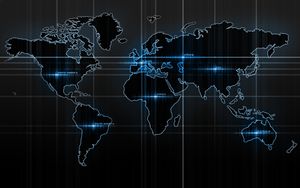Difference between revisions of "Group12 DataSource"
Sameerp.2017 (talk | contribs) |
Lokeshv.2017 (talk | contribs) |
||
| Line 1: | Line 1: | ||
<div style=background:#F44336 border:#A3BFB1> | <div style=background:#F44336 border:#A3BFB1> | ||
| − | [[Image: | + | [[Image:Pr.gif|300px]] |
<font size = 5; color="#2E4053";><span style="font-family:Stencil; font-size:150%; solid #1B338F; background:#F443366;"> Have the Nations really progressed ? <br/> </span></font> | <font size = 5; color="#2E4053";><span style="font-family:Stencil; font-size:150%; solid #1B338F; background:#F443366;"> Have the Nations really progressed ? <br/> </span></font> | ||
{|style="background-color:#FDFEFE;" width="100%" cellspacing="0" cellpadding="0" valign="top" border="0" | | {|style="background-color:#FDFEFE;" width="100%" cellspacing="0" cellpadding="0" valign="top" border="0" | | ||
Revision as of 21:16, 14 August 2018
|
|
|
|
|
|
|
Data Source
• The data has been taken from the "[World Bank database]". There are a total of 69 different databases in the World bank public. The data chosen for the project is the "World development Indicators". It consists of data segmentation of indicators based on Countries, Series and Time.
• There are a total of 264 countries and socio-economic regions, 1591 different indicators and 58 years of data. There is also the metadata of all the details of the
selection based on the country and series. The Series consists of all the demographic, education, finance, economic, public sector, health etc. These all divisions for a country over a period of time is considered for the project. The data gives us the trend of a particular indicator over the years and to find the real growth of a country.
Plan for Data Cleaning
• The World Indicator database consists of 14 Million cells of continuous values (both missing and non missing). So we have considered to chse the best 50 indicators for each nations, based on its strong presentation of a nations growth and minimum missing values in the cell. So, we have sorted the data with 264 countries, having 50 indicators taken for the period of 58 years.
• Now our data set consists of 765,600 cells of values. Even now, we have certain cells with missing values, which are data manipulated from the trend of the values for the countries indicator. For an indicator, there are 2 different notations, one with the actual vales in USD, another row with its segment percentage. We chose to have the actual values in USD.
